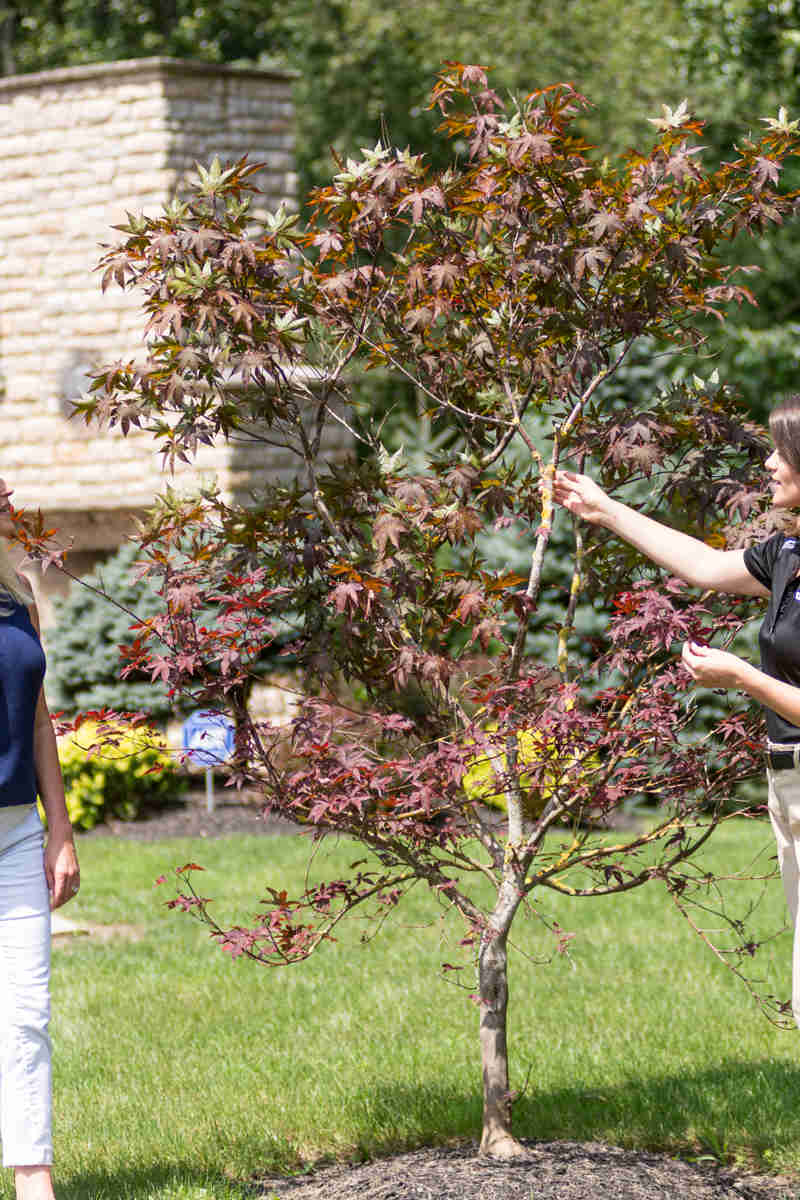Woolly Hackberry Aphid Description:
Woolly hackberry aphids (WHA), also called Asian woolly hackberry aphids, are an invasive species from China that are small and usually without wings. They look like fuzzy, white masses found on the underside of stems and leaves. These pests produce abundant amounts of honeydew excretions upon which blackish sooty mold grows. This creates sticky, messy problems on leaves and surfaces beneath infested trees.
Hosts:
Only hackberries (Celtis occidentalis and Celtis sinensis) and sugarberry trees (Celtis laevigata) are attacked by woolly hackberry aphids. Sugarberries are native bottomland trees and the southern counterpart to hackberries. Woolly hackberry aphids are sometimes seen on other plants when they drop off their host trees, float through the air and land again.
Biology & Symptoms:
These sap-sucking pests secrete a sticky honeydew. A black mold, or sooty mold, grows on the honeydew to cover leaves, bark and stems, which can cause a reduction in photosynthesis. The honeydew, honeydew-covered leaves and the aphids themselves can drop out of trees and make an annoying mess on patios, cars and anything else underneath them. Woolly hackberry aphids don’t cause serious or long-term damage. However, there are several generations each year, so their populations often increase by late summer or fall.
Management:
If possible, avoid parking cars, placing outdoor items or growing other plants and trees under infested hackberries. Some people simply tolerate the unsightly honeydew and sooty mold since they are a problem for only a part of the year. In extreme cases, tree owners cut down their hackberries.
Spraying is not always feasible for large, infested trees. Another option is to apply a systemic insecticide as a root drench around the bases of affected trees in late winter or spring, after the trees flower, to avoid harming pollinators. The systemic may take several weeks to move into the foliage and a repeat application may be needed in late summer. Don’t delay application until very late summer or fall, when the systemic will not have time to work before the leaves drop. A systemic insecticide may also be injected directly in the trunk which provides faster activity. For recommendations that are best for management on your property, consult your local arborist.





